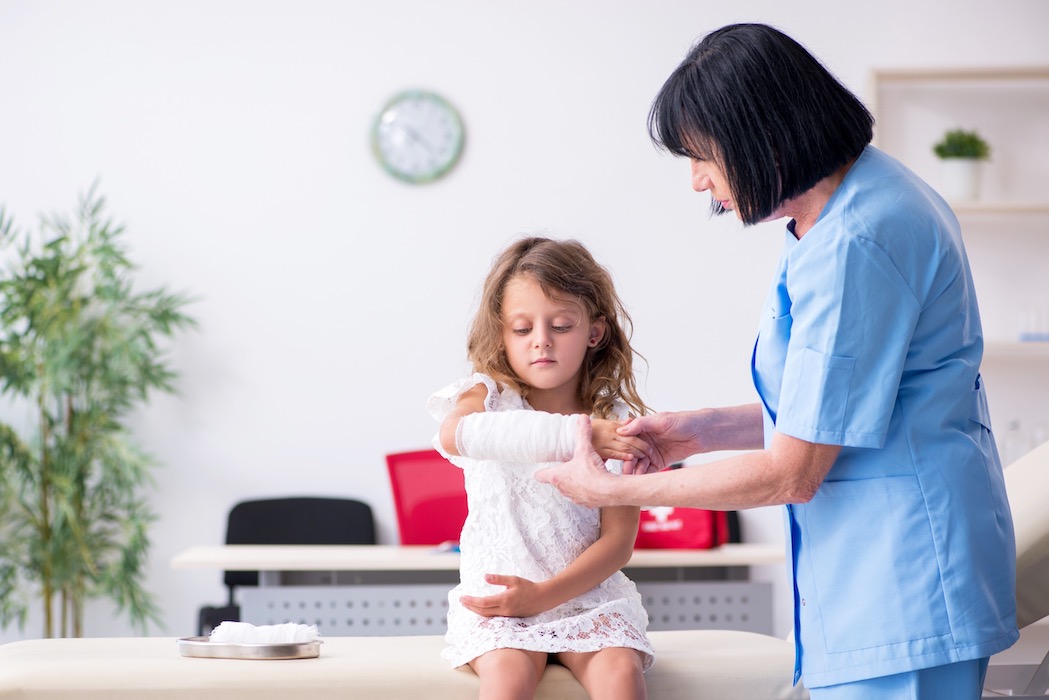
Dr Loke Yean Hwe, Consultant Orthopaedic Surgeon, Ara Damansara Medical Centre (ADMC)
BUT WAIT! How does too much screen time affect our children’s bones? Can children have higher chances in developing osteoporosis if they’re constantly stuck to their screens?
To understand this topic in a deeper level, we spoke to Dr Loke Yean Hwe, Consultant Orthopaedic Surgeon, Ara Damansara Medical Centre (ADMC), who gave us a better understanding on how too much screen time may lead to osteoporosis in children.
Parenthood: Who among children are the more vulnerable and at risk?
Dr Loke Yean Hwe says: Children who have suboptimal nutrition of calcium, vitamin D, protein, unhealthy lifestyles, reduced physical activities, on steroid treatment and children with bone disorders will be more vulnerable and at risk.This being said, juvenile osteoporosis is treatable in most cases.
Juvenile osteoporosis cannot be completely reversed but health and lifestyle adjustments can reduce bone loss once the cause of the juvenile osteoporosis is identified (underlying medical conditions like hormonal disorders/kidney disease/digestive issues, medications, lifestyle, poor calcium and vitamin D intake).

Parenthood: What are the risk factors and main causes of bone and joint disorders among children?
Dr Loke Yean Hwe says: Poor nutrition, sedentary lifestyle with reduced physical activities, excessive intake of soft drinks, low body weight, nutritional problems such as inflammatory bowel disease, childhood cancers like leukemia, diabetes, and children requiring steroids for medical conditions.
Leukemia itself is a predominant risk factor for decreased bone formation mainly because the cancer cells have invaded into the bone. Chemotherapy treatment for leukemia also effects decreased bone formation.
We need to also pay attention to possible existing conditions that result in reduced mobility and at children who have been diagnosed with two or more long bone fractures by the age of 10.
Parenthood: What are some warning signs that parents can look out for?
Dr Loke Yean Hwe says: Children who are known as picky eaters, have poor nutrition, children with medical problems that affect the absorption of nutrients, genetic bone disease, low body weight and height with growth percentile below 3rd centile.
Bear in mind, osteoporosis is not usually painful until the bone is cracked or broken. It can cause pain and the child will walk with a limp. The rise in obesity and more sedentary lifestyles among children can also contribute to lower bone mass. Parents should consult their pediatrician should there be any cause for concern and decide on treatment options.
Keeping a healthy body weight, walking and weight bearing exercises, reduces caffeine in diet like soda, and getting enough calcium with vitamin D through food, drinks, supplements can improve bone mass.

Parenthood: Many children these days spend a lot of time on screens. How can too much screen time lead to bone/joint disorders such as osteoporosis?
Dr Loke Yean Hwe says: Too much screen time will reduce the activities level of the children and it also means that they spend less time outdoors and thus it’ll reduce the exposure to the sunlight or Vitamin D which is vital for growing healthy bones.
Sedentary children who are inactive for long periods of time daily will possibly have lower muscle mass, reduced strength, and less physical ability when you compare them with other children who are more active.
There is some research showing inactive or sedentary children are likely to have 10 per cent lower bone density than more active children. This essentially means the less active child could have greater tendencies for fragile bone health and fractures in old age.
When children don’t get enough sun, their bodies don’t make enough vitamin D to keep bones healthy.
Although the rise and use of gadgets is inevitable, children need to be provided with other outlets for their energy, curiosity, and socialization. It is our job as parents to ensure a healthy lifestyle for our children. At the end of the day, balance is key!
Source
parenthood (7.2.2023)




